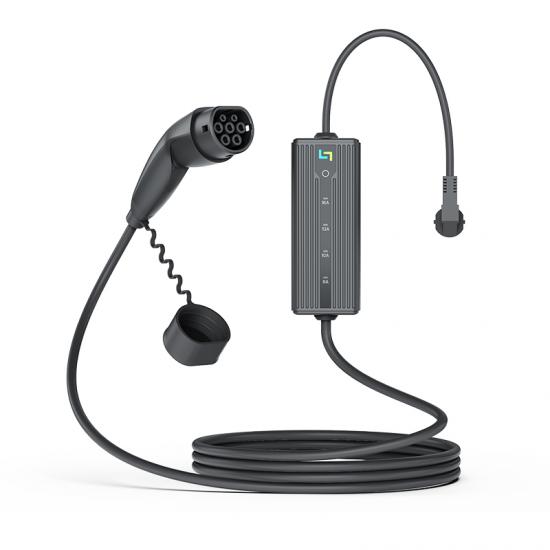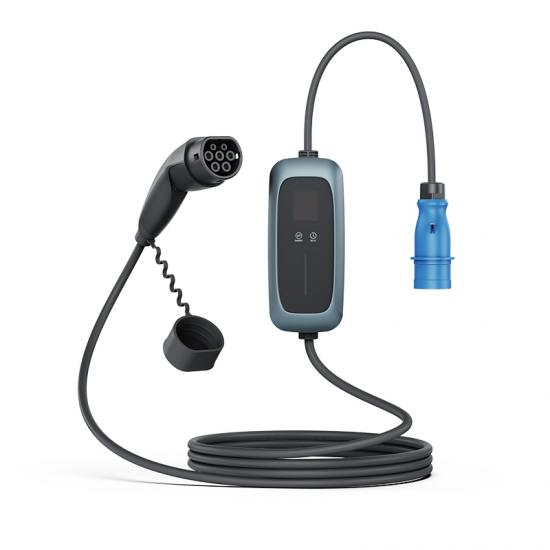Tesla, one of the most prominent electric vehicle (EV) manufacturers, has expanded its reach across various global markets, including North America, Europe, and China. As the company has grown and entered new regions, it has had to adapt its vehicle designs to comply with local EV charging standards. This adaptation has resulted in Tesla vehicles being equipped with different types of EV connectors depending on the region where they are sold.
The Evolution of Tesla EV Connectors
Initially, Tesla vehicles were equipped with a proprietary connector unique to the brand. This connector, known as the Tesla connector, was used exclusively in Tesla vehicles sold in North America. However, as Tesla expanded into new markets, such as China and Europe, the company had to modify its vehicles to meet the specific charging standards mandated by the local governments.
In China, the government requires electric vehicles to be equipped with GB/T AC and GB/T DC inlets. To comply with these regulations, Tesla cars manufactured and sold in China are equipped with these connectors, allowing them to use the widespread public charging infrastructure available in the country.
Similarly, in Europe, the standard for EV charging is the Combined Charging System (CCS), specifically the CCS2 connector for both AC and DC charging. Tesla cars produced for the European market are equipped with CCS2 inlets, ensuring compatibility with the extensive CCS charging network that spans across the continent.
The Rise of NACS Connectors
A significant development in the EV industry occurred in mid-2023, when several major automotive manufacturers and EV charging infrastructure also called (Electric Vehicle Supply Equipment) providers announced their decision to adopt Tesla’s North American Charging Standard (NACS) connectors. This move marked a shift in the EV market, as NACS connectors began to be recognized beyond just Tesla vehicles.
Advantages of NACS Connectors:
Compact Design: NACS connectors are smaller and more streamlined compared to other connectors like CCS. This compact design makes them easier to handle and more aesthetically pleasing when installed on vehicles and charging stations.
High Power Capability: NACS connectors support both AC and DC charging, with the ability to handle high power levels for fast charging. This makes them versatile and capable of providing faster charging times, especially as battery technology improves. The NACS connector developed by Yitong offers a max current of 80A (both AC and DC), meeting the charging needs of Level 1, Level 2 and low-power DC charging.
Widespread Adoption: With Tesla's extensive Supercharger network and its decision to open up this network to non-Tesla vehicles using NACS, this connector type is becoming more widely available. This increases convenience for EV owners who benefit from access to a larger network of charging stations.
Future-Proofing: As more automakers and EVSE manufacturers adopt NACS, the connector is becoming a de facto standard in North America. This widespread adoption helps future-proof the technology, ensuring that vehicles and infrastructure are compatible with emerging EV technologies.
User Experience: The design and functionality of NACS connectors are tailored for ease of use. Their lightweight, ergonomic design allows for easier plugging and unplugging, and the secure fit ensures a reliable connection during charging sessions.
Integration with Tesla’s Ecosystem: Vehicles using NACS connectors can take full advantage of Tesla’s existing Supercharger network, which is known for its reliability and extensive coverage. This integration is a significant benefit for EV owners, offering a seamless and efficient charging experience. Before this, a non-Tesla car user has to use an adapter to make use of the Tesla charging infrastructure, which is not very costly and inconvenient.
Global Impact of NACS
The success and potential global adoption of NACS connectors could influence other regions to consider similar standards, especially as the EV market continues to grow and evolve. The combination of compact design, high power capabilities, and ease of use positions NACS as a leading option for the future of EV charging in North America and potentially beyond. Let’s wait and see.






